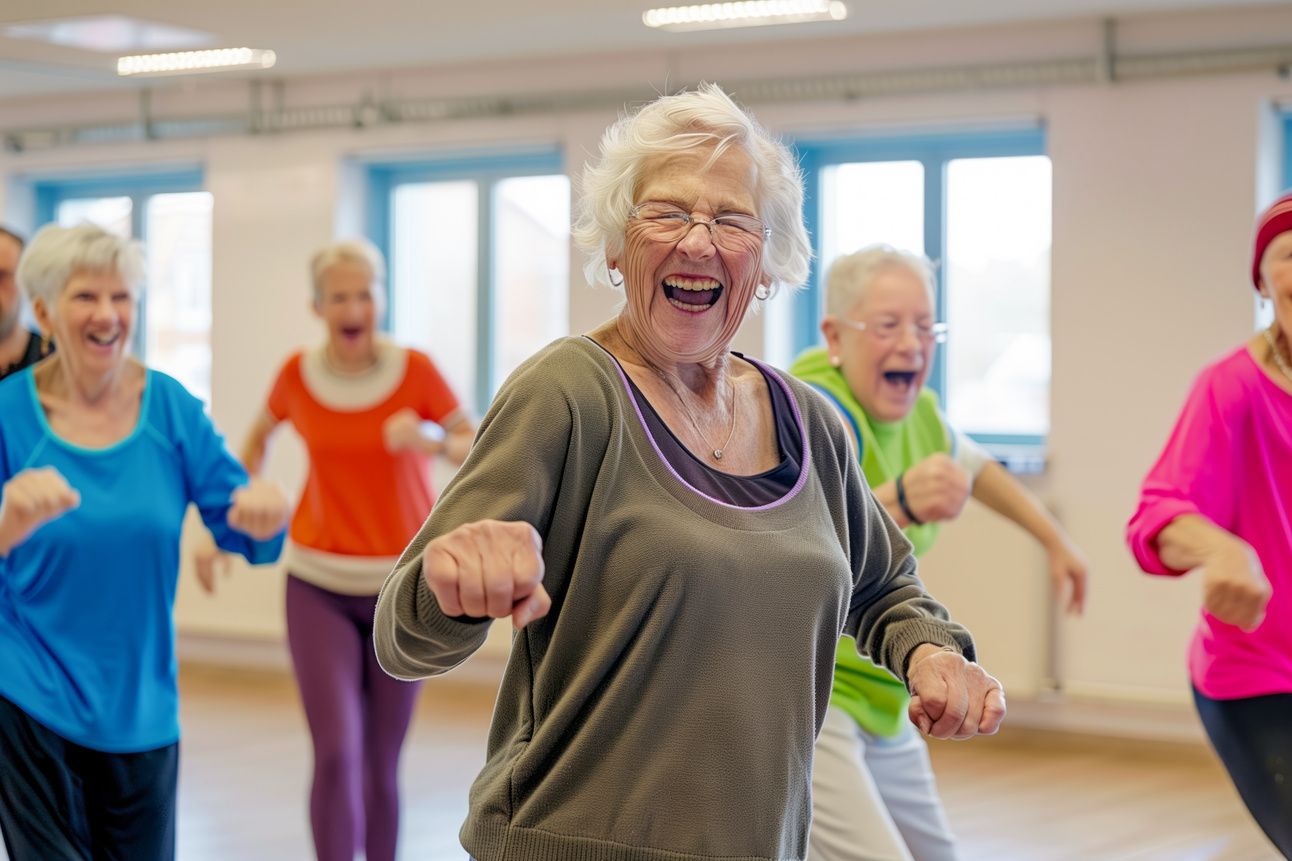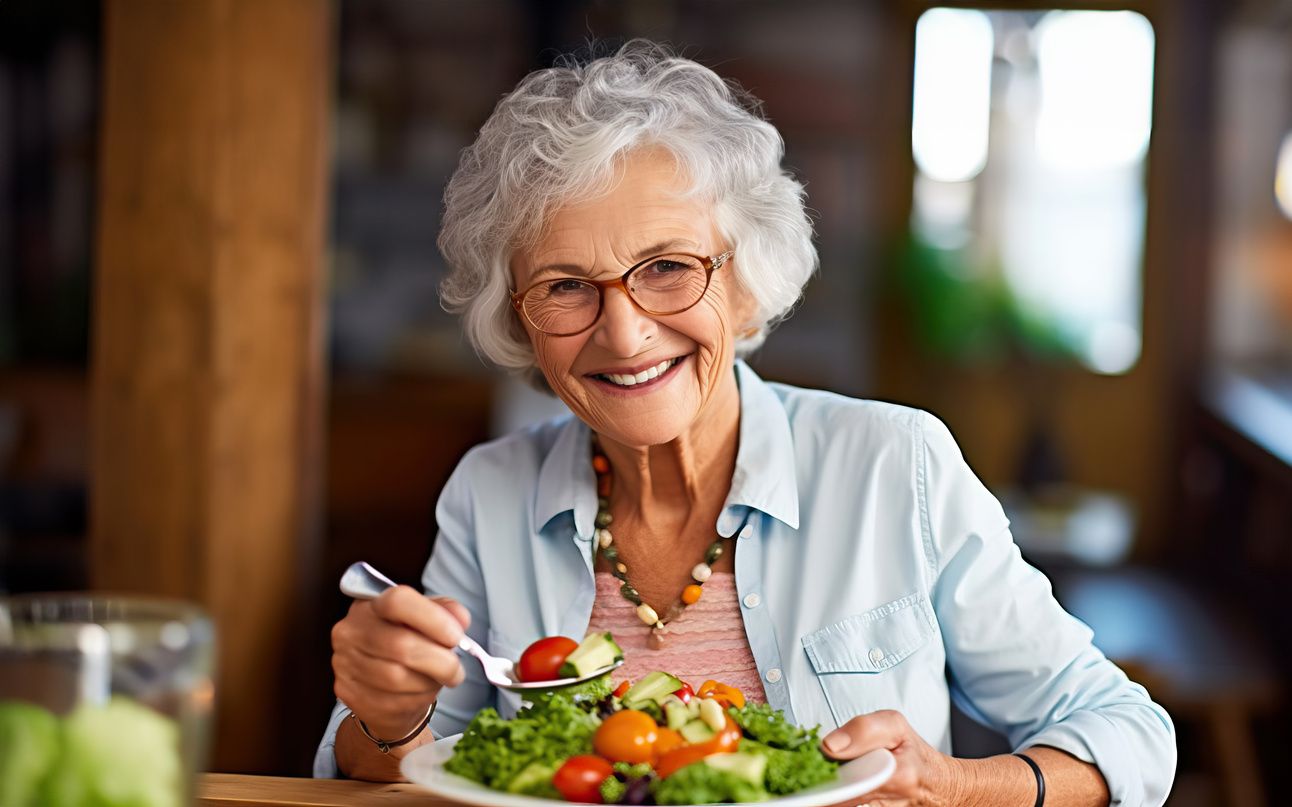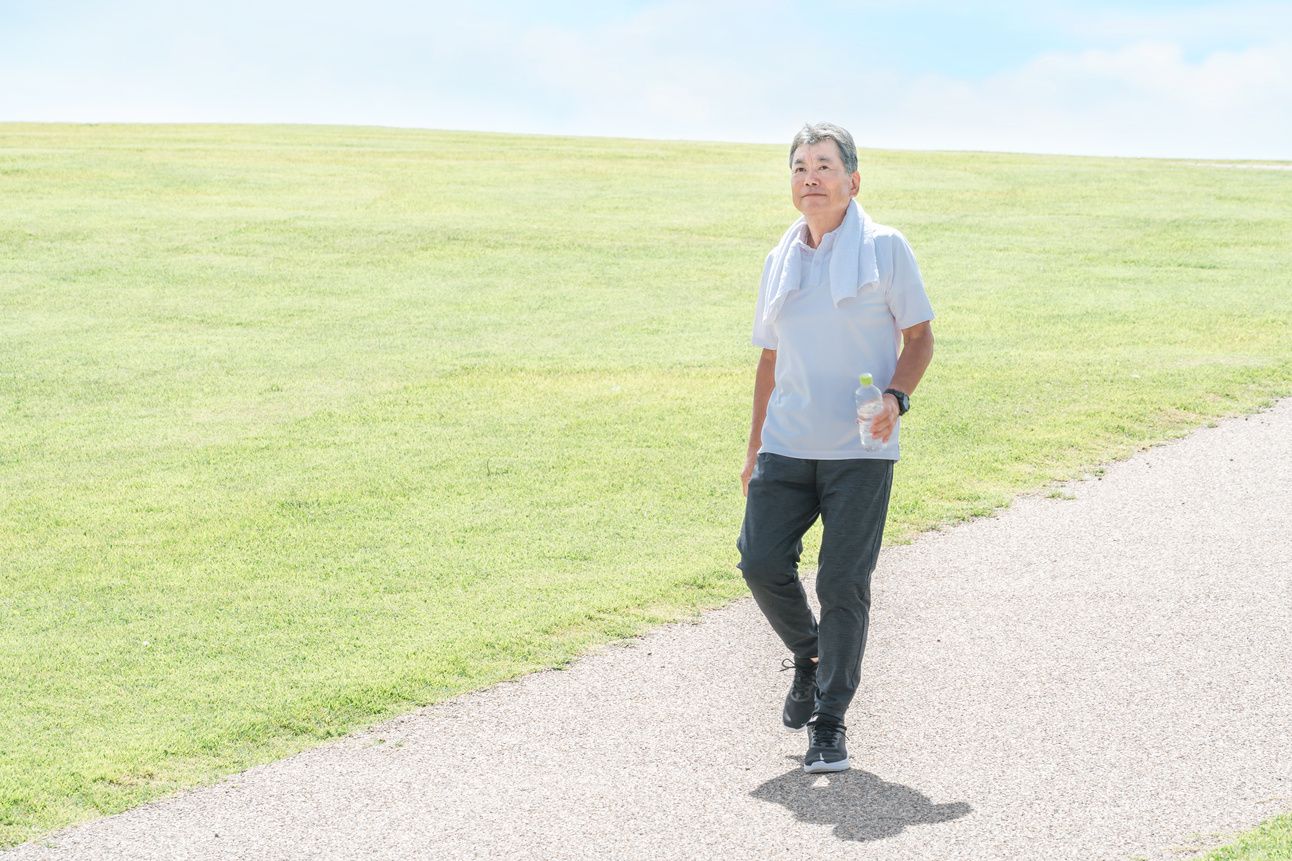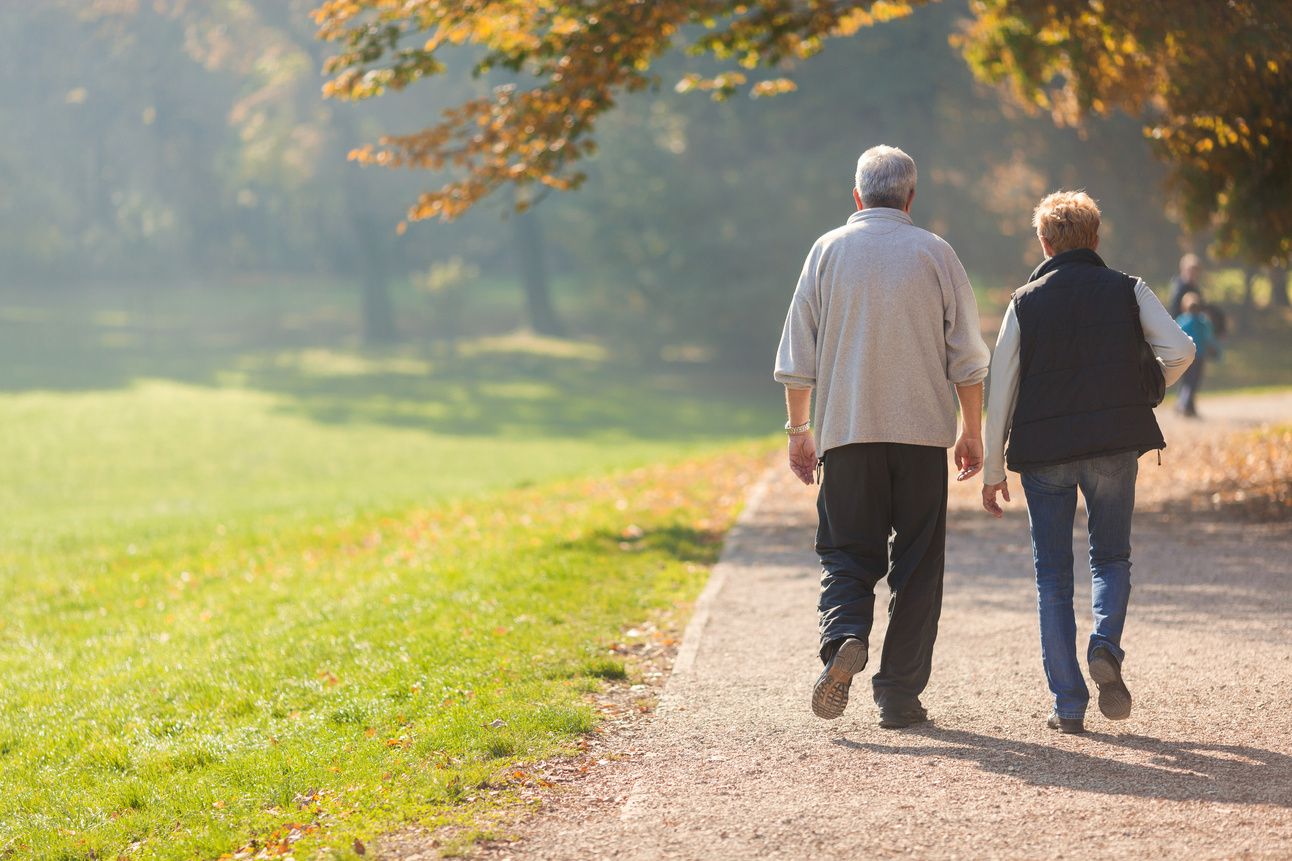- Stay Healthy. Stay Home.
- Posts
- Stay Healthy. Stay Home. Issue 77
Stay Healthy. Stay Home. Issue 77
Nutrition Movement Wellness Aging In Place Caregivers And One More Thing

As we announced earlier, the newsletter has considerably more content going forward and will now be published every two weeks. There is a large amount of information available for the subjects we cover and it will be more efficient to provide the most relevant content over a two week period of preparation. Please see “Click Here To Learn More” at stayhealthystayhome.net for more detailed information. Feedback and suggestions are appreciated and can be submitted to: [email protected].
We will introduce you to affiliate relationships over the next several weeks, beginning today, with vendors who will provide valuable, relevant products and services to our subscribers. As we discussed earlier, in the next 30-60 days, we will develop a site with a store offering fitness equipment and other wellness products. Monthly rebates will be made to SHSH subscribers. We will also design fitness/exercise rooms for those interested.
Other features and changes will be announced as we go forward.
Mission Statement
To provide information, products and services regarding home based living in a way that preserves the wellbeing of those in the 45-85 year old demographic who want to stay healthy and remain in their homes for care recipients and for their caregivers.
If you have difficulty reading the newsletter in the color scheme below, please click on “Read Online” in the upper right hand corner for black print on a white background.
Care Receivers
Nutrition
From Johns Hopkins Medicine, information for those newly diagnosed with type 2 diabetes. The article covers a variety of ways to adapt, but most of the information is diet and nutrition related, including not only foods to eat and those to avoid, but similar information regarding drinks and how to flavor food in a healthy way.

From Stanford Lifestyle Medicine, Make Your Own Balanced Bowl. This is part of their Daily Habits Healthful Nutrition plan. There is specific information for us here to make a nutritious, balanced bowl of food to help us stay healthy. Doing something like this once or twice a week is a good start to developing your meal plan.

From the Conversation, information we have covered before. Diet related diseases are the number one cause of death in the U.S., either directly or indirectly. As the article points out, many doctors have little instruction in nutrition in med school. I have a good relationship with my doctors, but I rely on my own research regarding healthy eating habits and information regarding the healthiest foods. With so much information on the internet, it is not difficult to track. There are some sites and podcasts that are more extreme and are mainly pushing some kind of product, but, if you are careful, you can get all the valuable information you need.

Movement
Today we have a podcast hosted by Meredith of Senior Fitness with Meredith. She talks about how long it takes to begin seeing the results from our exercise program. This is excellent information, as it is easy to get discouraged, especially if we have recently begun and not seeing results as soon as we thought we might. Meredith shares her experience here, as we are all different and the timing may be different for each of us.

Dr. Jo is back today with a video that will help with tight hips, something many of us deal with at this stage of the game.
Enhance Fitness. This is a fitness concept for senior citizens that has been offered at YMCA’s in the area and some fitness clubs. Here is an article from the Oak Park, Illinois, Y that has offered these classes in the past but not currently. I wanted to share the information with you so, if you are interested, you can contact your local Y and see if they plan to offer Enhance classes or know of another location in the area that does.

Wellness
Eat Well, Age Well, from the Leonard Davis USC School of Gerontology. Great information from a variety of experts on aging well and longevity. Our diet is the number one factor regarding our health as we age. This could have been featured under nutrition as well, but it is so important to overall wellness, it works here as well.

From Chris Voirin, PT, DPT, TPS of Mindful Motion Physical Therapy in Oak Park, valuable information on understanding chronic pain and sensitivity. Chris tells us about being aware of pain and sensitivity and offers us a three pronged approach for confronting and dealing with them.

Balance. It is not just important when it comes to falls, but it can be an indicator of our overall health. A key study cited here by Everyday Health, points out that being able to stand on one leg for as much as 30 seconds can tell us a lot about our overall health and wellbeing.

Aging In Place
Seniors Guide covers a sensitive topic, loneliness. Loneliness itself and all that comes with it is bad enough, but there are statistics here showing it also leads to serious physical health problems as well, including enhancing the beginning of dementia. If we know a senior citizen who is alone, let’s try to reach out to them and offer companionship or coffee or a meal.

The National Institute on Health has published a lengthy article on aging in place and the number of people who wish to do so, which we have shown in the past. There are statistics here that are staggering regarding the number of senior citizens with chronic diseases and, with the direction demographics are trending, it is going to become more important than ever to get and remain as healthy as we can. This article falls under aging in place because that is what most of the article covers, but it could fall under caregivers as well. I highly recommend reading this or saving it. We could end up with this guy if we need a caregiver.

Forbes has statistics and facts for us about aging in place. There is a lot here and as comprehensive coverage of aging in place as I have seen. Again, if not able to read it now, I recommend saving this, whether for a family member or yourselves in the future.

Caregivers
JFS Care has some basic information here listing the most important things caregivers need, respite care, emotional support and financial support. These are the foundation for a healthy caregiving experience. From all I have read about this, along with these three suggestions, asking for help is right there with them.

The Mayo Clinic highlights stress management for caregivers. Some of the information from the previous article is repeated, including asking for help, but there is a lot more here. We will continue to stress the need for caregivers to prioritize their own health, mental along with physical. The demographics for the number of senior citizens who will need help in coming years indicate that it is imperative for caregivers to care for themselves, as their may not be anyone behind them, either another family member or friend, or a professional from an agency.

Coming from another direction, 10 things caregivers should avoid vs things they should do. This is from care.com, a commercial caregiving agency, but much of the list pertains to family and friend caregivers as well. This is some good advice so I thought I would share.

The American Psychological Association also talks here about the need to emphasize the mental wellbeing of the caregiver. This article is dated but the information is still relevant. More important information for caregivers to consider.

We’re going to continue on this path, again citing the needs of the caregiver. This information is from the Family Caregiver Alliance and, again, stresses the need for caregivers to prioritize their own wellbeing. Along with information similar to other posts today, they also list 8 tools a caregiver can use to be proactive and take care of themselves.

The National Institute on Aging discusses what respite care is and how caregivers can access it, whether from an agency of some kind, or from a family member or friend taking over for them periodically. There is also a document linked here with a list of caregiver duties for when others step in.

The State of Illinois posts some information about exercise and fitness for caregivers. There are also links at the bottom of the article to other sources as well. Just an addition to the fitness and exercise videos and articles we publish every issue.

This is from Guardian Life Insurance and is filled with valuable and interesting stats and information about the state of caregiving and the effect it has on all involved. Again, becoming as well educated about caregiving as possible is invaluable.

And One More Thing
Apps for walking. medicsignal.com has provided information about apps designed for seniors who walk. There is also basic information about walking that some may find useful. I find it helpful to track my daily steps and other forms of exercise I do so I can stay on track and also monitor anything that may signal an issue of some kind.

As usual, SHSH receives no income from any companies or organizations who appear in any of the posts.
Reply